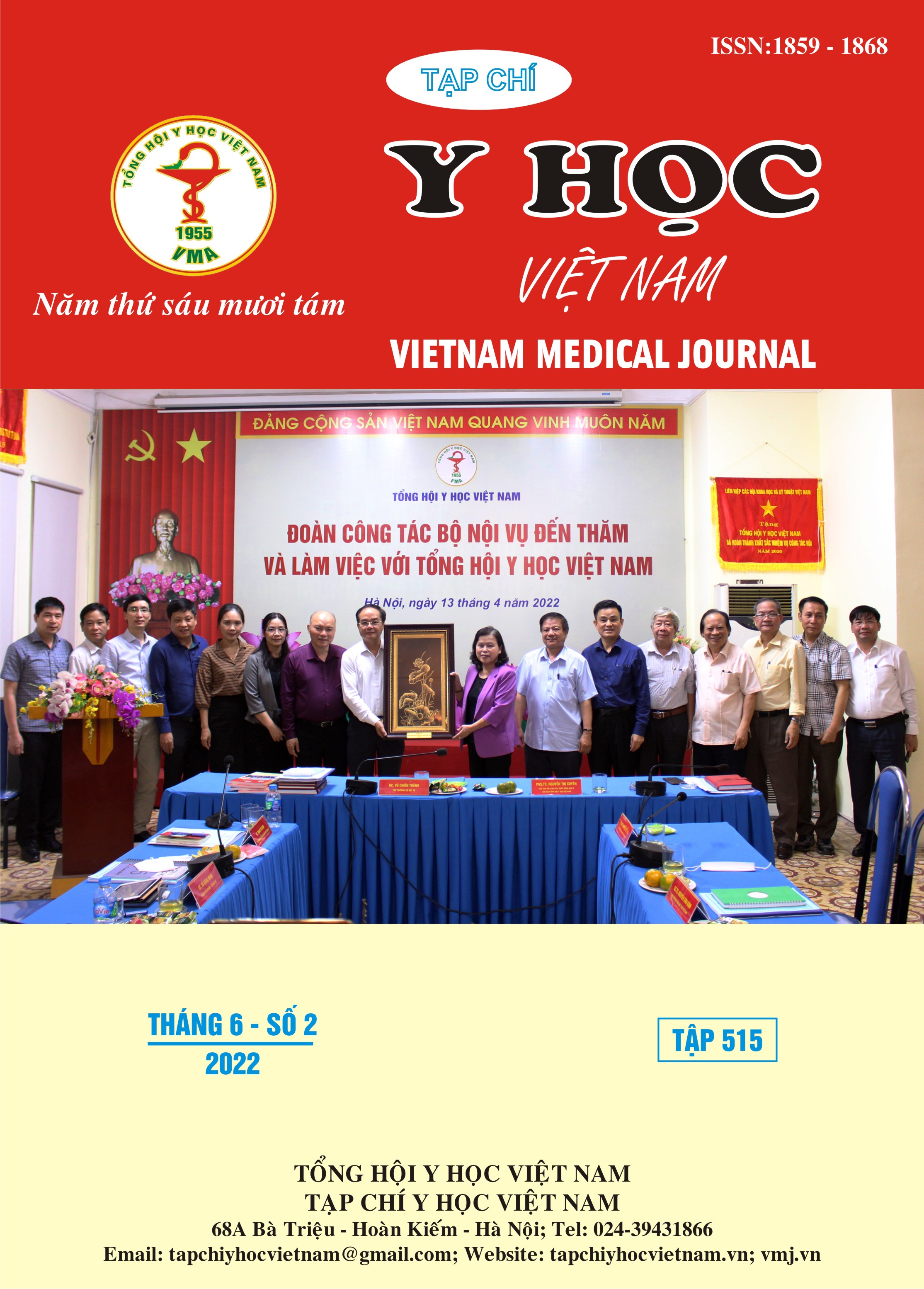ĐÁNH GIÁ ẢNH HƯỞNG SỨC MẠNH CẦM NẮM CỦA BÀN TAY KHI THAY ĐỔI VỊ TRÍ KHUỶU TAY VÀ CỔ TAY CỦA NGƯỜI TỪ 20 ĐẾN 39 TUỔI
Nội dung chính của bài viết
Tóm tắt
Mở đầu: Sức mạnh cầm nắm (Grip strength) là một phần của “lực cơ” chi trên cần thiết được sử dụng trong việc kéo hay cầm nắm một vật. Đánh giá chính xác về sức mạnh cầm nắm có tầm quan trọng trong việc xác định hiệu quả chương trình điều trị đến bệnh nhân. Khi các nghiên cứu về ảnh hưởng của vị trí khuỷu tay và cổ tay đối với sức mạnh cầm nắm vẫn còn nhiều ý kiến khác nhau. Mục tiêu: Nghiên cứu nhằm đánh giá ảnh hưởng của vị trí khớp khuỷu tay và cổ tay đến sức mạnh cầm nắm của bàn tay và vị trí thuận lợi để cải thiện chức năng cầm nắm của người từ 20 đến 39 tuổi. Đối tượng và phương pháp nghiên cứu: Nghiên cứu này bao gồm 178 đối tượng (110 nam và 68 nữ) bình thường khỏe mạnh từ 20 – 39 tuổi tại trường Đại học Quốc tế Hồng Bàng. Lực kế đo lực tay Jamar Dynamometer điều chỉnh tiêu chuẩn đã được sử dụng để đo sức mạnh cầm nắm tại các vị trí khác nhau của khuỷu tay và cổ tay. Các thông tin về chỉ số nhân trắc học được thu thập bằng cách đo lường trực tiếp. Kết quả: Nghiên cứu cho thấy vị trí khuỷu tay và cổ tay có tác động đến sức mạnh cầm nắm của bàn tay khi xem xét riêng (p<0,001). Mô hình ANOVA cho thấy sự khác biệt (p<0,001) của sức mạnh cầm nắm khi kết hợp khuỷu tay ở vị trí gập 90o và duỗi hoàn toàn với cổ tay gập 30o và cổ tay trung tính. Kết luận: Nghiên cứu này cho thấy các tác động khác nhau đến sức mạnh khi con người sử dụng bàn tay tại các vị trí khuỷu tay và cổ tay khác nhau để cầm nắm. Sức mạnh cầm nắm ở tay thuận là tối đa với khuỷu tay duỗi hoàn toàn và cổ tay ở trạng thái trung tính của người từ 20 đến 39 tuổi.
Chi tiết bài viết
Từ khóa
Sức mạnh cầm nắm, lực kế đo lực tay, vị trí khuỷu tay và cổ tay
Tài liệu tham khảo
2. El-Gohary TM, Abd Elkader SM, Al-Shenqiti AM, Ibrahim MI. Assessment of hand- grip and key-pinch strength at three arm positions among healthy college students: Dominant versus non-dominant hand. J Taibah Univ Med Sci. 2019 Nov 28;14(6):566-571.
3. Fong PW, Nguyen GY. Effect of Wrist Positioning on the Repeatability and Strength of Power Grip. Am J Occup Ther. 2001 Mar-Apr;55(2):212-6.
4. Vijeta P and Prashant M. Comparative Study of Grip Strength in Different Positions of Shoulder and Elbow with Wrist in Neutral and Extension Positions. Exercise Science and Physiotherapy. 2009;5(2):67-75.
5. Farooq M, Khan AA. Effect of elbow flexion, forearm rotation and upper arm abduction on MVC grip and grip endurance time. Int J Occup Saf Ergon. 2012;18(4):487-98.
6. Mathiowetz V, Rennells C, Donahoe L. Effect of elbow position on grip and key pinch strength. J Hand Surg Am. 1985 Sep;10(5):694-7.
7. Sturnieks DL, Wright JR, Fitzpatrick RC. Detection of simultaneous movement at two human arm joints. J Physiol. 2007 Dec 15;585(Pt 3):833-42.
8. Loren GJ, Shoemaker SD, Burkholder TJ, Jacobson MD, Fridén J, Lieber RL. Human wrist motors: biomechanical design and application to tendon transfers. J Biomech. 1996 Mar;29(3):331-42.


